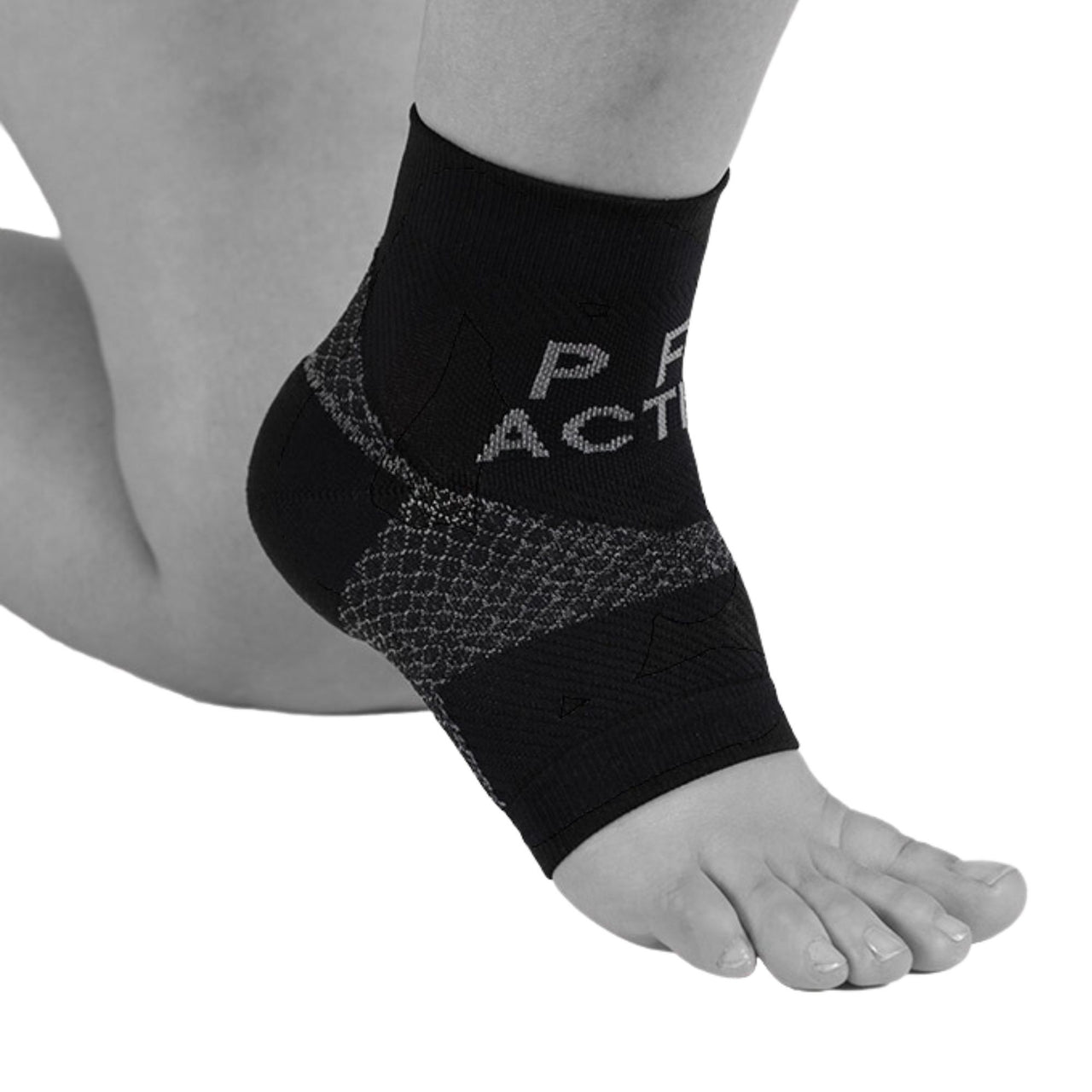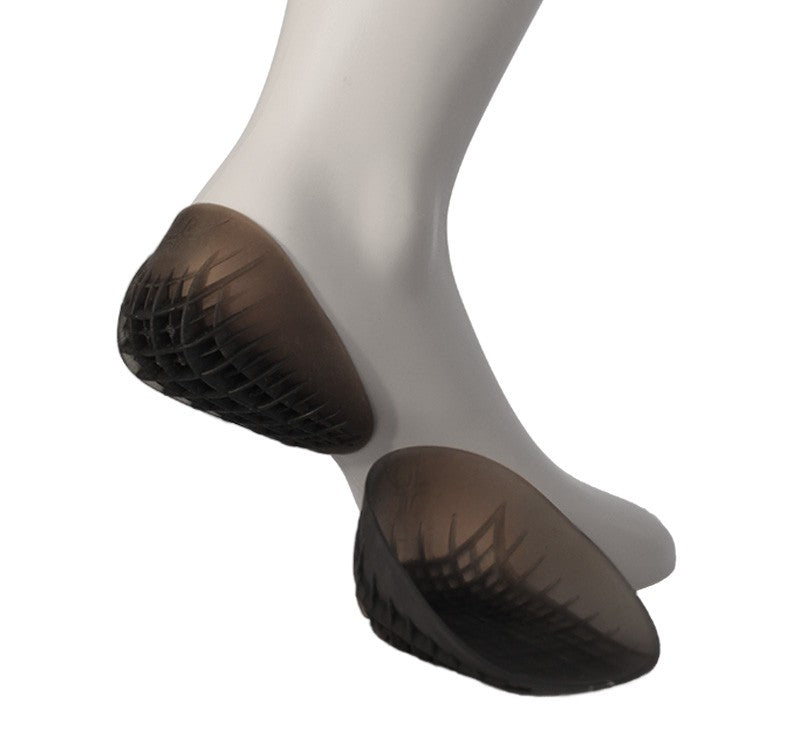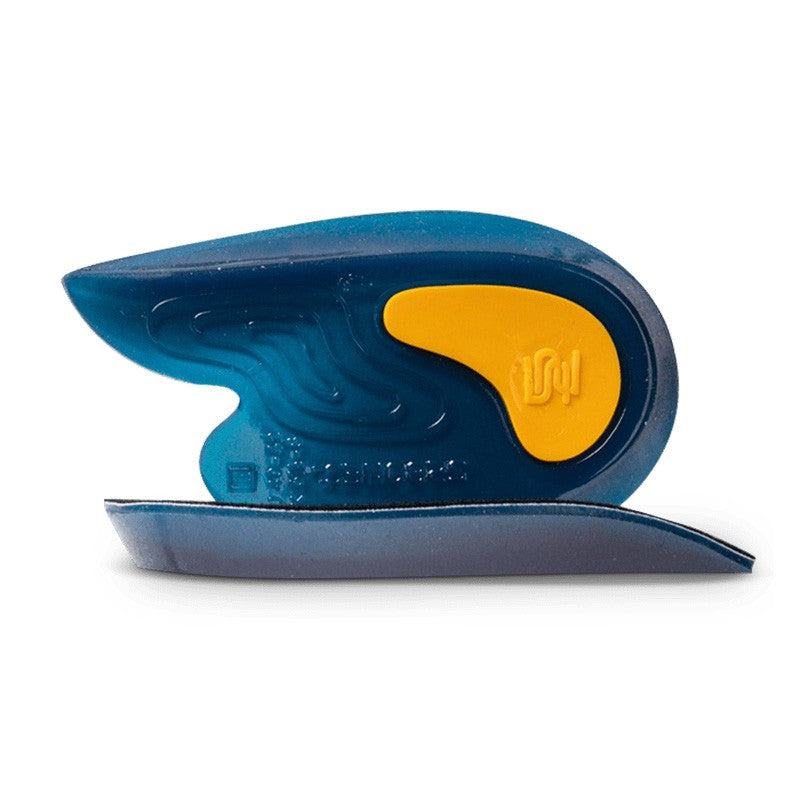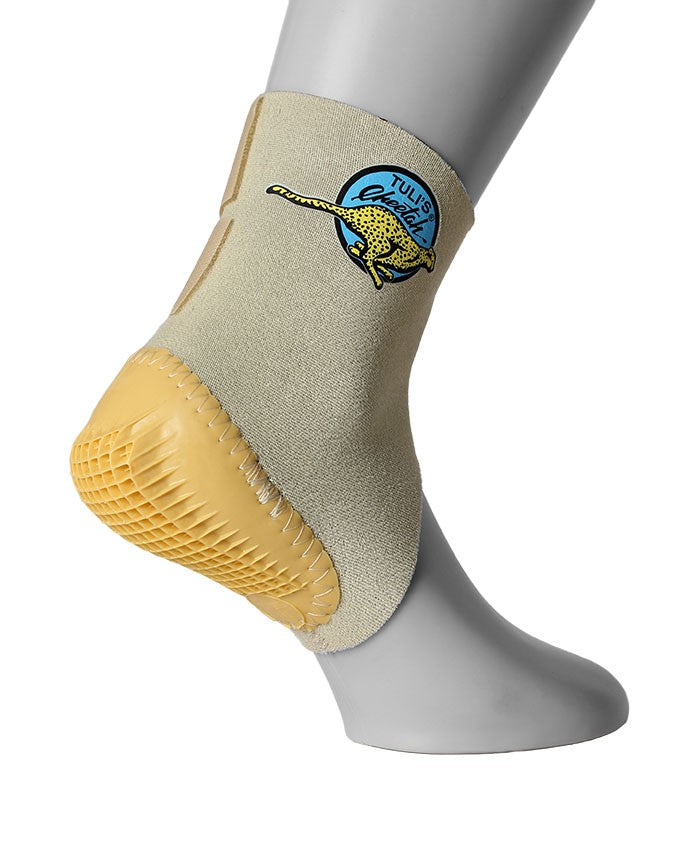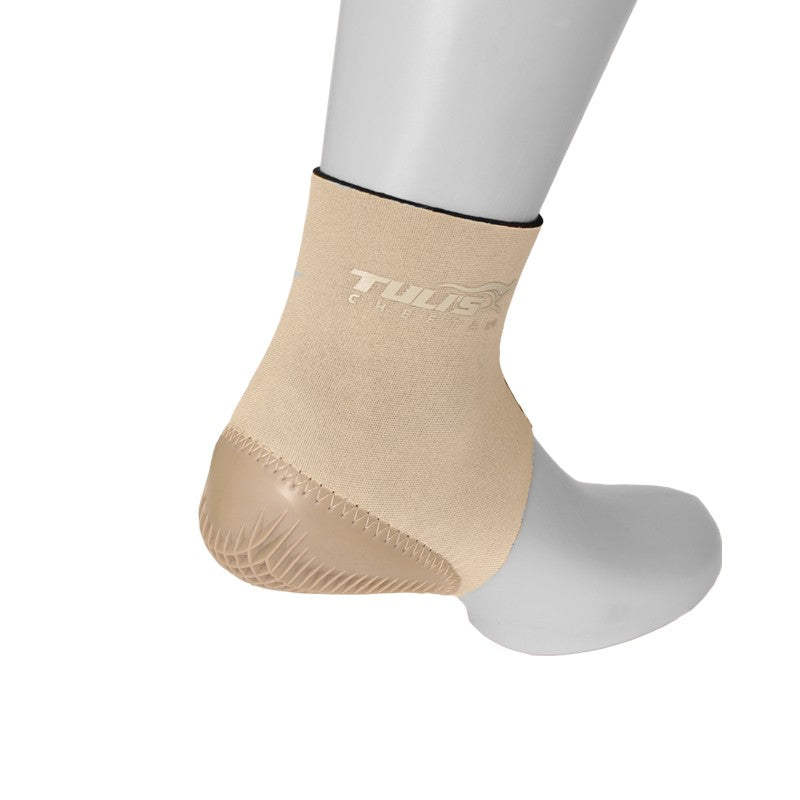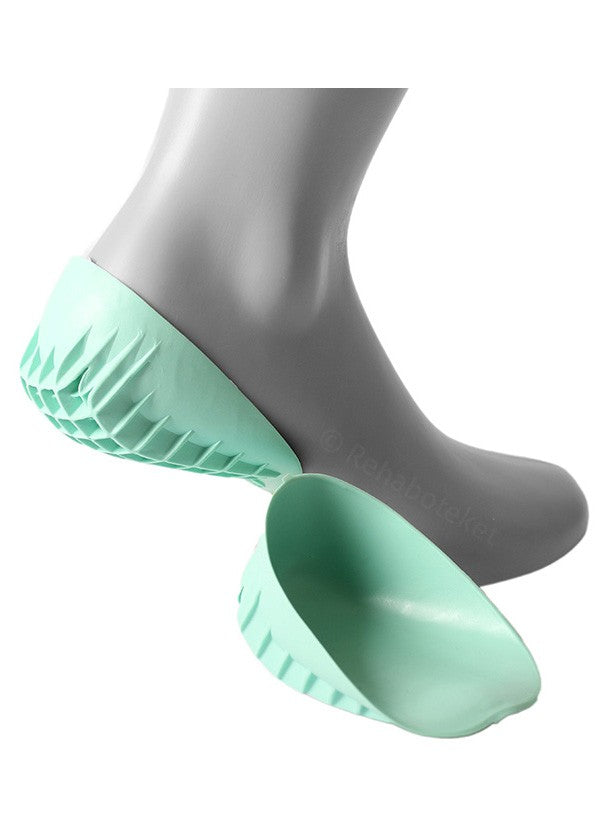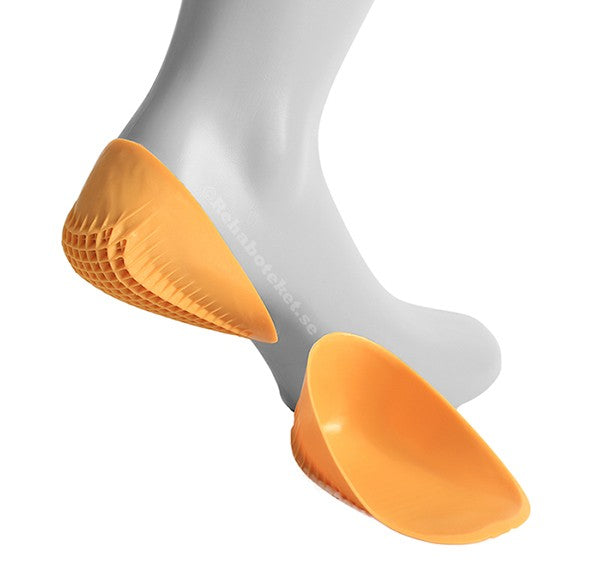Heel spurs and plantar fasciitis are two names for the same type of problem and are one of the most common causes of heel pain. The injury is caused by overuse of the tendon sheath in the foot and can lead to long-term pain if not relieved.
What is heel spur/plantar fasciitis?
Plantar fasciitis is an inflammation of the plantar fascia, the strong tendon that runs under the foot and stabilizes the arch of the foot. The pain is often located on the inside or front of the heel. In long-term problems, a small bony protrusion can develop – this is called a heel spur. Regardless of the word used, it is the same basic problem: an overload of the tissue in the heel.
Symptoms
- Pain on the inside or front of the heel, especially when starting to walk
- Stiffness and intense first steps in the morning
- Difficulty walking or standing on tiptoe
- Pain that increases with exertion and decreases at rest
- Local swelling or redness
Common causes & risk factors
Heel spurs/plantar fasciitis often develop due to overuse, improper footwear, or repeated jumping and landings. Overpronation of the foot increases the load on the tendon and is a common contributing factor. The problems are as common in non-athletes as in athletes.
When should you seek medical attention?
If the pain is persistent and does not improve despite weight-bearing and adapted shoes, healthcare should be contacted. This is especially important in the case of long-term problems that affect everyday life and activity.
Recommended protection & support
When it comes to heel pain, various aids can make a big difference. A pronation insole reduces misalignment and relieves the inside of the foot, while a night splint stretches the tendon mirror during the night and counteracts morning stiffness. Compression stockings, such as PF8, provide support and reduce strain during activity. Relief inserts combine support and cushioning directly in the area of pain, and biomechanical footbeds can be individually designed to provide more long-term relief for more severe problems. Together, these aids help reduce strain on the plantar fascia structures, relieve pain, and speed up recovery.

